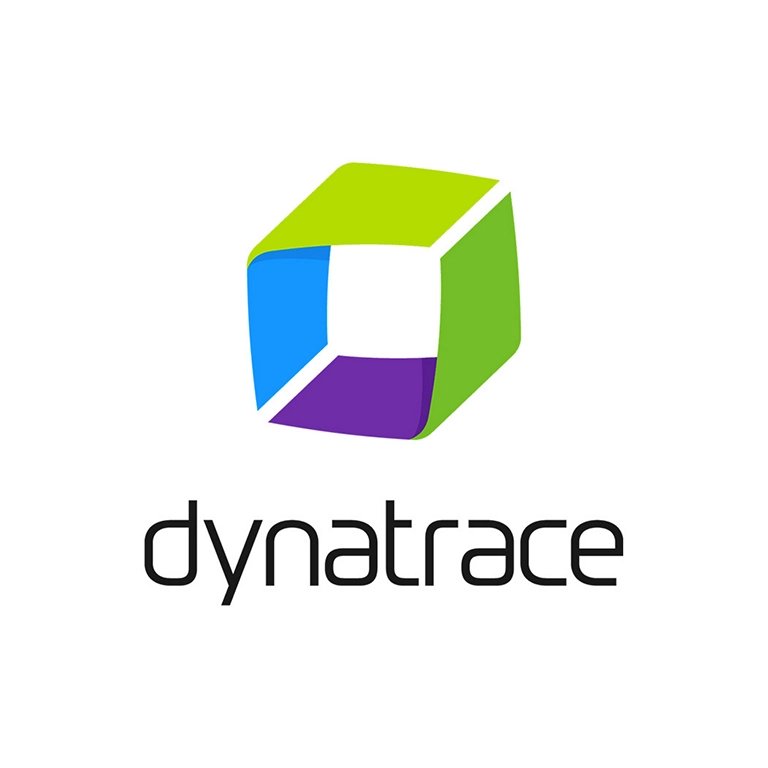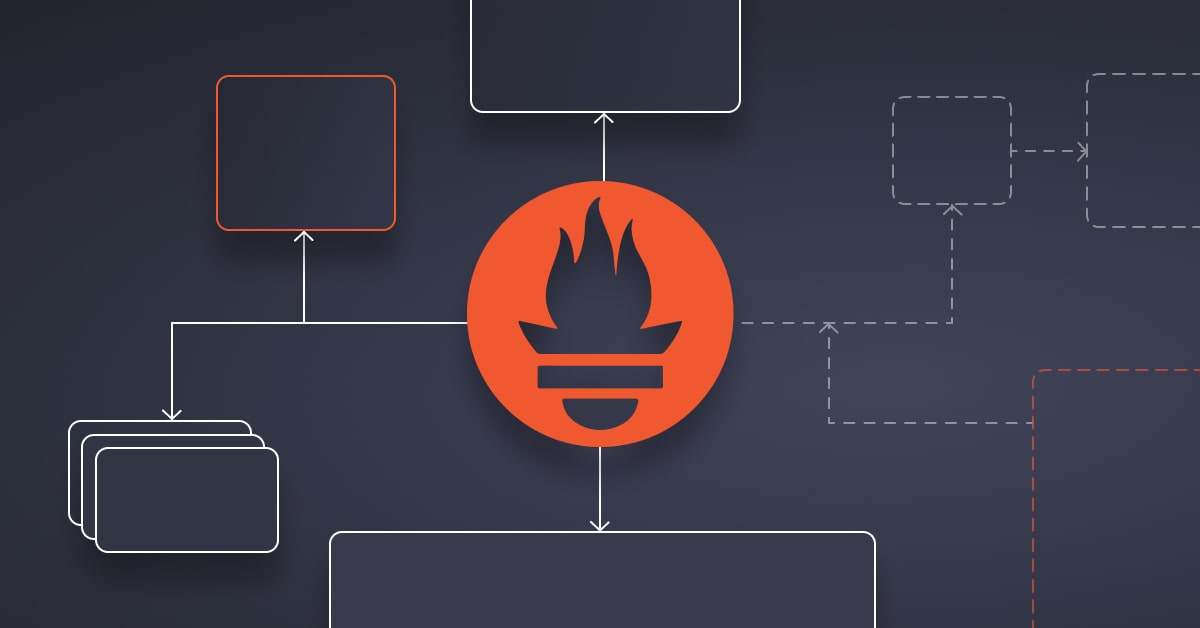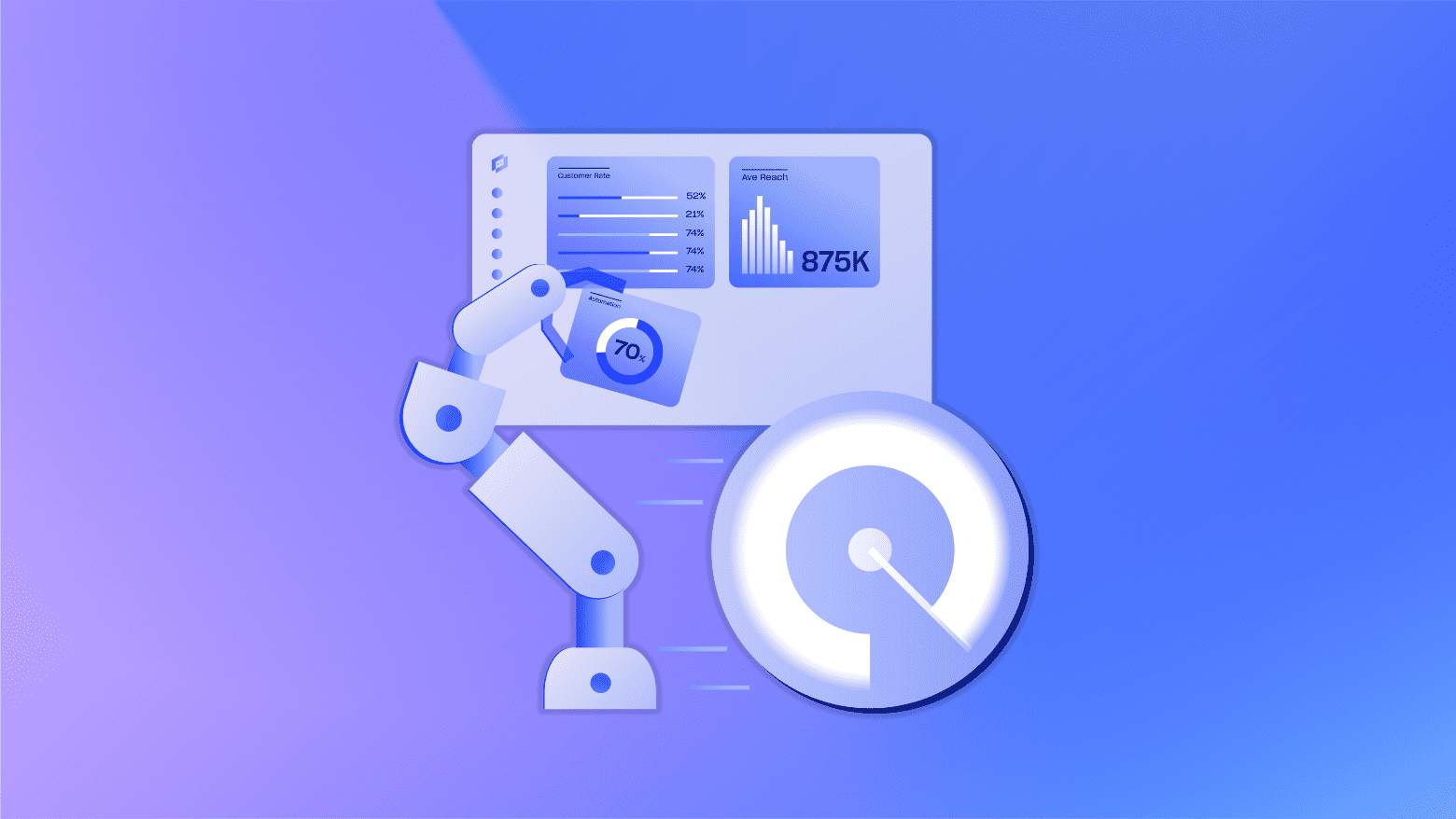Description
Introduction:
As organizations increasingly migrate their infrastructures to cloud platforms, the demand for scalable, highly available, and cost-effective solutions for time-series data storage and analysis has grown significantly. VictoriaMetrics, known for its efficient handling of high-volume time-series data, is well-suited for deployment in cloud environments. This course focuses on deploying, managing, and scaling VictoriaMetrics in cloud environments such as AWS, Azure, and Google Cloud. You’ll learn how to set up VictoriaMetrics in these cloud platforms, optimize its performance, ensure high availability, and leverage cloud-native features like auto-scaling and managed services. By the end of the course, you’ll have the skills to effectively deploy and manage VictoriaMetrics for high-performance monitoring and data analytics at scale.
Prerequisites:
- Basic understanding of cloud platforms (AWS, Azure, Google Cloud)
- Familiarity with time-series data concepts and VictoriaMetrics
- Experience with Docker and container orchestration tools like Kubernetes
- Knowledge of cloud networking and security concepts
- Basic understanding of monitoring tools like Prometheus and Grafana
Table of Contents:
- Introduction to Deploying VictoriaMetrics in Cloud Environments
1.1 Why Deploy VictoriaMetrics in the Cloud?
1.2 Benefits of Using Cloud Infrastructure for Time-Series Databases(Ref: Oracle CX Cloud Integration: Connecting with Third-Party Applications and Oracle Cloud Infrastructure)
1.3 Overview of Cloud Platform Features for VictoriaMetrics Deployment
1.4 Key Considerations for Deploying Time-Series Databases in the Cloud - Setting Up VictoriaMetrics in AWS
2.1 Overview of AWS Services for VictoriaMetrics Deployment
2.2 Deploying VictoriaMetrics on EC2 Instances
2.3 Automating Deployment with AWS CloudFormation or Terraform
2.4 Integrating VictoriaMetrics with AWS CloudWatch for Metrics Collection
2.5 Managing Data Storage with Amazon S3 and EBS - Deploying VictoriaMetrics in Azure
3.1 Overview of Azure Services for VictoriaMetrics Deployment
3.2 Setting Up VictoriaMetrics on Azure Virtual Machines
3.3 Automating Deployment with Azure Resource Manager (ARM) Templates
3.4 Integrating with Azure Monitor for Metrics Collection
3.5 Using Azure Blob Storage for Long-Term Data Retention - Deploying VictoriaMetrics in Google Cloud
4.1 Overview of Google Cloud Services for VictoriaMetrics Deployment
4.2 Deploying VictoriaMetrics on Google Compute Engine (GCE)
4.3 Automating Deployment with Google Cloud Deployment Manager
4.4 Integrating with Google Cloud Operations Suite (formerly Stackdriver)
4.5 Using Google Cloud Storage for Persistent Data(Ref: Introduction to VictoriaMetrics: A Modern Solution for Time-Series Data) - Kubernetes and VictoriaMetrics in the Cloud
5.1 Benefits of Using Kubernetes for Deploying VictoriaMetrics
5.2 Setting Up VictoriaMetrics on Kubernetes in the Cloud
5.3 Managing Cloud Resources with Kubernetes Operators
5.4 Scaling VictoriaMetrics Using Kubernetes Horizontal Pod Autoscaling
5.5 Persistent Storage Options in Cloud for Kubernetes-based Deployments - Cloud-Native Features for Scaling VictoriaMetrics
6.1 Auto-Scaling VictoriaMetrics in Cloud Environments
6.2 Horizontal vs. Vertical Scaling for Cloud Deployments
6.3 Using Managed Databases and Storage for Cost Efficiency
6.4 Implementing Load Balancing and High Availability in the Cloud
6.5 Optimizing Cloud Resource Usage for Large-Scale Data Ingestion - Security and Compliance in Cloud Deployments
7.1 Securing VictoriaMetrics in Public Cloud Environments
7.2 Network Security Best Practices for Cloud Deployments
7.3 Using Cloud IAM and Role-Based Access Control (RBAC)
7.4 Encrypting Data in Transit and at Rest in Cloud Storage
7.5 Ensuring Compliance with Cloud Security Standards - Monitoring and Managing VictoriaMetrics in the Cloud
8.1 Cloud-Native Monitoring Tools for VictoriaMetrics
8.2 Integrating with Prometheus for Cloud-Based Metrics Collection
8.3 Setting Up Grafana Dashboards for Cloud Deployments
8.4 Managing Logs and Alerts in Cloud Environments
8.5 Troubleshooting Cloud-Based VictoriaMetrics Deployments - Cost Optimization and Management in Cloud
9.1 Optimizing Cloud Costs for Time-Series Data Storage
9.2 Using Reserved Instances vs. On-Demand Pricing for VictoriaMetrics
9.3 Managing Data Retention Policies for Cost Efficiency
9.4 Identifying and Eliminating Over-Provisioned Resources
9.5 Cost Monitoring and Alerts for Cloud Resources - Case Studies and Real-World Applications
10.1 Case Study: Deploying VictoriaMetrics for Monitoring Cloud Infrastructure
10.2 Managing Large-Scale Time-Series Data in Hybrid Cloud Environments
10.3 Optimizing Cloud Deployments for Real-Time Monitoring of Microservices
10.4 Real-Time Metrics Collection and Analysis in a Multi-Cloud Setup
10.5 Case Study: VictoriaMetrics for Scalable IoT Data Collection in the Cloud
Conclusion:
Deploying and managing VictoriaMetrics in cloud environments offers unparalleled scalability, flexibility, and cost-efficiency for handling time-series data. This course has provided you with the necessary knowledge and practical skills to set up, optimize, and scale VictoriaMetrics on popular cloud platforms such as AWS, Azure, and Google Cloud. By leveraging cloud-native features such as auto-scaling, managed storage, and integrated monitoring tools, you can ensure that your time-series database remains highly available, secure, and efficient as it grows. Whether you’re managing infrastructure metrics, monitoring application performance, or storing IoT data, VictoriaMetrics in the cloud provides a powerful solution to meet your needs at scale.







Reviews
There are no reviews yet.